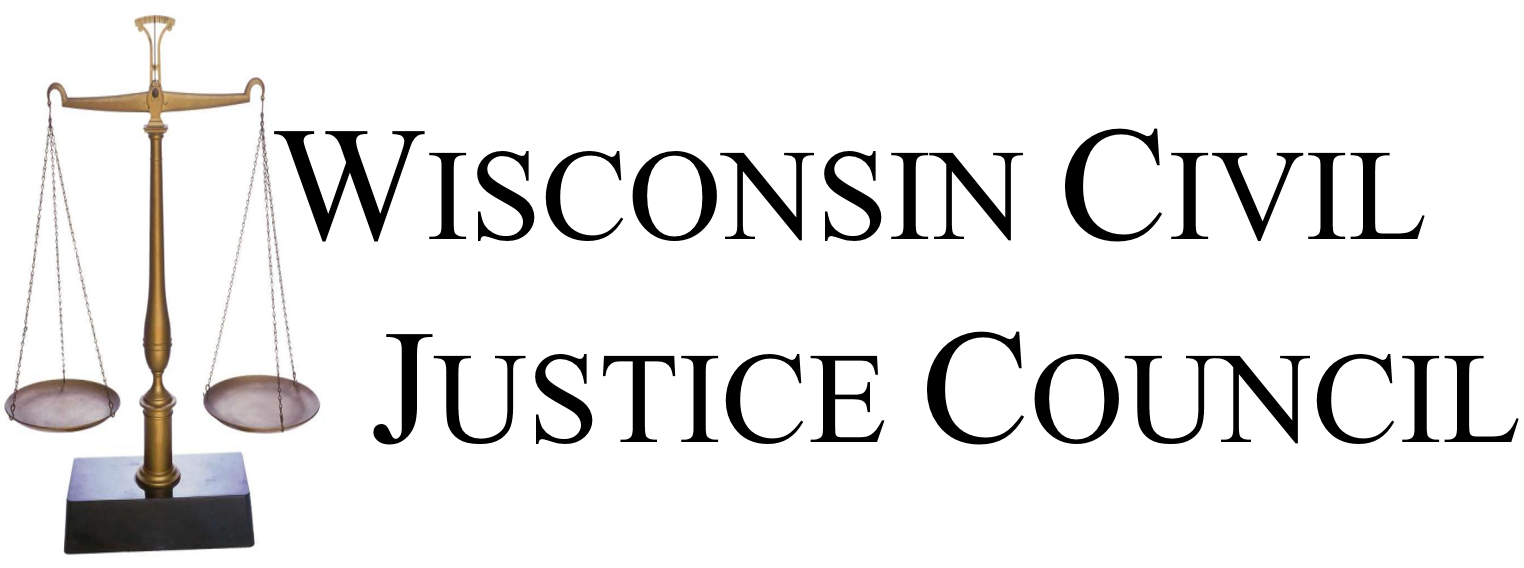The U.S. Chamber Institute for Legal Reform (ILR) recently issued two reports analyzing the rise of public nuisance lawsuits by municipalities. The papers address the history, issues, and potential solutions to the rise of these types of lawsuits, which seek to hold private businesses liable for broad issues including lead paint, contaminants such as PFAS and PCBs, opioids, and even the global issue of climate change. Plaintiffs are using an ever-broader “public nuisance” theory to support their claims.
The first ILR report, Mitigating Municipality Litigation, focuses on opioid, climate change, and data privacy lawsuits. First, the report analyzes how municipal lawsuits have increased in recent decades. The report points to the “big tobacco” settlements of the late 1990s as an example of the ineffectiveness of municipal lawsuits. Municipalities are incentivized by the prospect of large settlements like the tobacco settlement and what are perceived as low risk contingency fee arrangements with private plaintiff attorneys. However, settlement money does often not actually go to recovering legitimate municipal costs or helping actual injured victims.
The report describes further issues with these types of lawsuits. With thousands of local entities able to sue individually, municipal litigation deprives defendants of certainty and finality and can prolong settlements, increasing costs and delaying implementation of remediation programs.
Furthermore, municipalities who use outside plaintiff attorneys reduce public accountability. As the report states, contingency fee arrangements with outside counsel “reward aggressive, duplicative litigation that forces large, rapid settlements” to the benefit of plaintiff attorneys, not municipalities, victims, or defendants.
Finally, the report discusses several ways states can disincentivize municipalities from filing these types of lawsuits and gives examples of states with statutes already in place. Solutions include:
- Restrict municipalities’ authority to sue. The report notes that a now repealed Wisconsin statute once prevented municipalities from bringing public nuisance lawsuits.
- Require attorney general approval of municipal lawsuits.
- Codify the municipal cost recovery rule.
- Restrict municipalities’ ability to hire outside counsel, cap contingency fees, and impose other transparency requirements.
- Ban municipalities from filing lawsuits against certain industries.
- Enter into state level settlements that waive municipal claims.
- Narrow the definition of a “public nuisance” claim and limit other causes of action.
- Shorten the time period in which municipalities may file complaints. The report highlights Wisconsin’s statute of repose in its products liability act.
- Bar recovery when the plaintiff also contributes to the nuisance.
- Require plaintiffs to prove specific damages.
- Restrict courts from hearing certain types of claims.
The second ILR report, The Misuse of Public Nuisance Actions, analyzes how public nuisance theory has expanded beyond its traditional scope and argues legislatures, not courts, should decide how to remediate large public crises like global warming, the opioid crisis, and lead paint.
First, the report overviews the history of the public nuisance tort and discusses cases that have created precedent for public nuisance claims by municipalities. The discussion notes a Wisconsin court of appeals lead paint decision City of Milwaukee v. NL Industries. The appeals court in this case ruled against lead paint manufacturers and in favor of the city’s public nuisance argument, holding that evidence attributing paint to specific manufacturers was unnecessary because use of the paint and advertising for the paint in the city was a community-wide public health nuisance.
The report then discusses emerging public nuisance litigation in the areas of mortgage lending, PCBs, and opioid manufacturing and how municipalities are circumventing traditional limitations on the public nuisance tort to give standing to their claims.
Overall, the report argues that municipal public nuisance lawsuits are an inappropriate venue to create public policy. Instead of courts, the legislature and agencies should determine public policy solutions to widespread issues like environmental contamination and the opioid crisis.
The American Tort Reform Association also issued a report on public nuisance lawsuits earlier this year.
